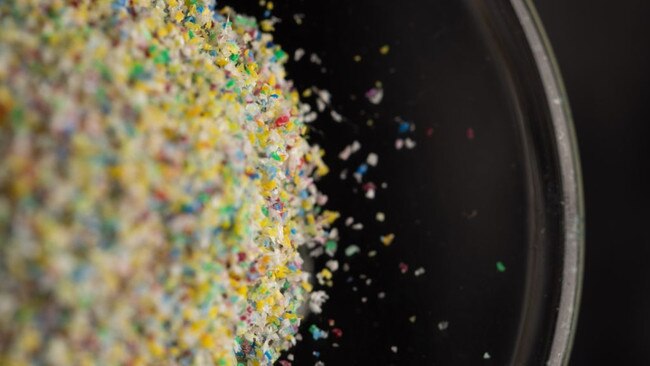Microplastics found in human brain for first time
The tiny pieces of plastic are found everywhere, including the human body, but until now have not been found to have reached the brain.

Microplastics have been found in the human brain for the first time, raising concerns over their potential impact on human health.
The tiny pieces of plastic are near-ubiquitous, even in places as remote as Antarctica, and scientists have also discovered them throughout the human body.
Researchers have previously detected them in the lungs, heart, intestines, liver, placenta, as well as in semen and blood. Until now they have not been reported in a scientific journal as reaching the brain, which is protected by the blood-brain barrier.
However, a team at Sao Paulo University medical school has now found them in the brains of 8 of 15 deceased people who had lived in Sao Paulo, Brazil’s biggest city. The pieces of plastic, 5.5 micrometres and above in size, were found in the olfactory bulb, a small part of the brain that processes smell.
“This could have important implications regarding neurodegenerative diseases. We still don’t know, but we see an increasing prevalence of these diseases worldwide,” said Thais Mauad, who led the study.
The location in the brain has led her to speculate that people are breathing in the plastics through their nose. “When you breathe, there are neuron cells in your nasal cavity connected to the olfactory bulb. We thought maybe this could be the entry route,” Mauad said. Other studies in recent years have shown one type of air pollution, fine particulate matter called PM2.5, can reach the brain.
Scientists are still investigating what effect microplastics have on human health. One Italian team, writing in the New England Journal of Medicine this year, found that patients with microplastic particles in their carotid arteries had a greater chance of a stroke than those who did not.
“That is the first strong evidence. There is also concern about neurological and psychiatric diseases, especially in the developing brain,” Mauad said.
Her research, published in the journal JAMA Network Open yesterday, used two methods to detect the microplastics.
The team broke down some of the brains with an enzyme, leaving only non-biological material including the plastic. They also cut frozen slices of the brains and used infrared microscopes to spot microplastics in situ.
The biggest challenge for the researchers was avoiding contamination of the brains with microplastics from clothing, gloves and other objects.
“Nowadays, everything is plastic. So all these experiments had to be adapted,” Mauad said.
She was unable to say why not all 15 brains had microplastics present given the ubiquity of the particles, but said that it could simply be that the team had failed to detect them. There was no particular link to the type of jobs that the deceased had previously held.
The Times



To join the conversation, please log in. Don't have an account? Register
Join the conversation, you are commenting as Logout